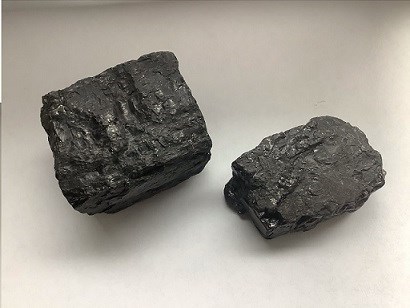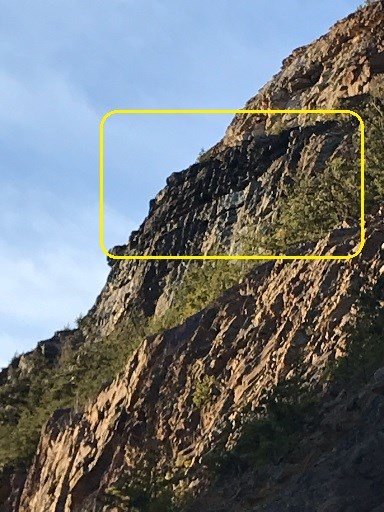
NPS - Nanette Nyce There are four types of coal - peat, lignite, bituminous, and anthracite. Peat is the youngest (first stage) sedimentary coal and anthracite (final stage) is metamorphic and the hardest. Anthracite contains the highest carbon concentration and possesses the highest heat potential. In addition to the carbon that comprises most of the coal, there are also variable trace amounts of hydrogen, sulfur, oxygen, and nitrogen that decrease as the material metamorphoses (transforms). 
NPS / Nanette The coal found around Cumberland is a valuable, high quality bituminous coal. Its low sulfur content means that it was relatively clean burning, useful for factories and transportation. A coal seam (layered deposit), exposed by the erosion of Georges Creek, was recorded in the 18th century. However, due to the difficulty of transportation, mining efforts didn't significantly escalate until 1842 when the B&O Railroad reached Cumberland, followed by the completion of the C&O Canal in 1850. |
Last updated: September 6, 2023
